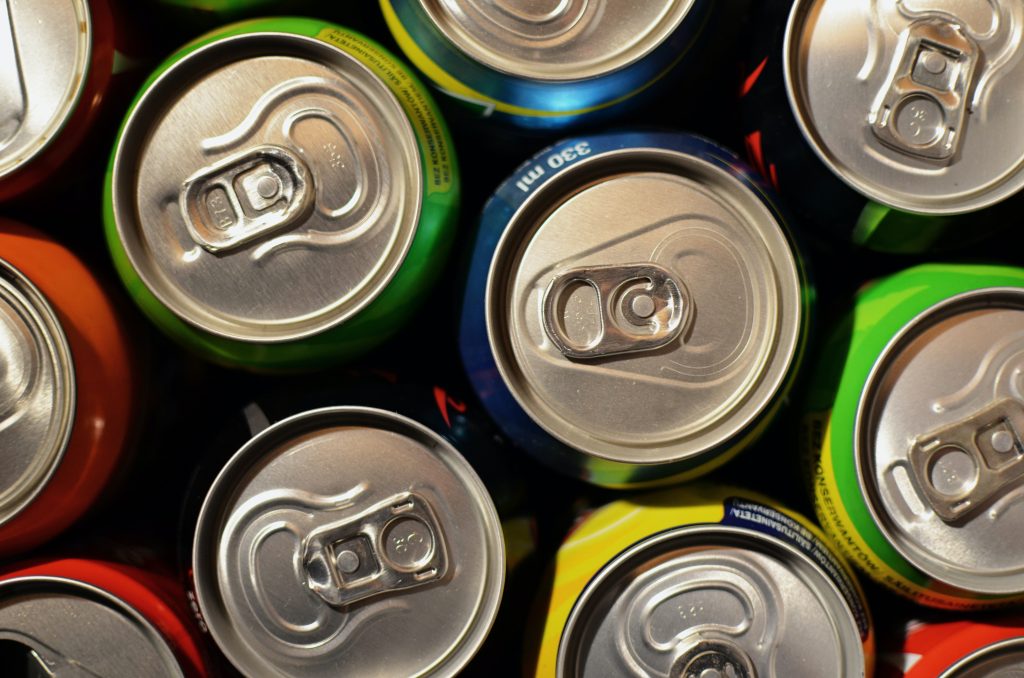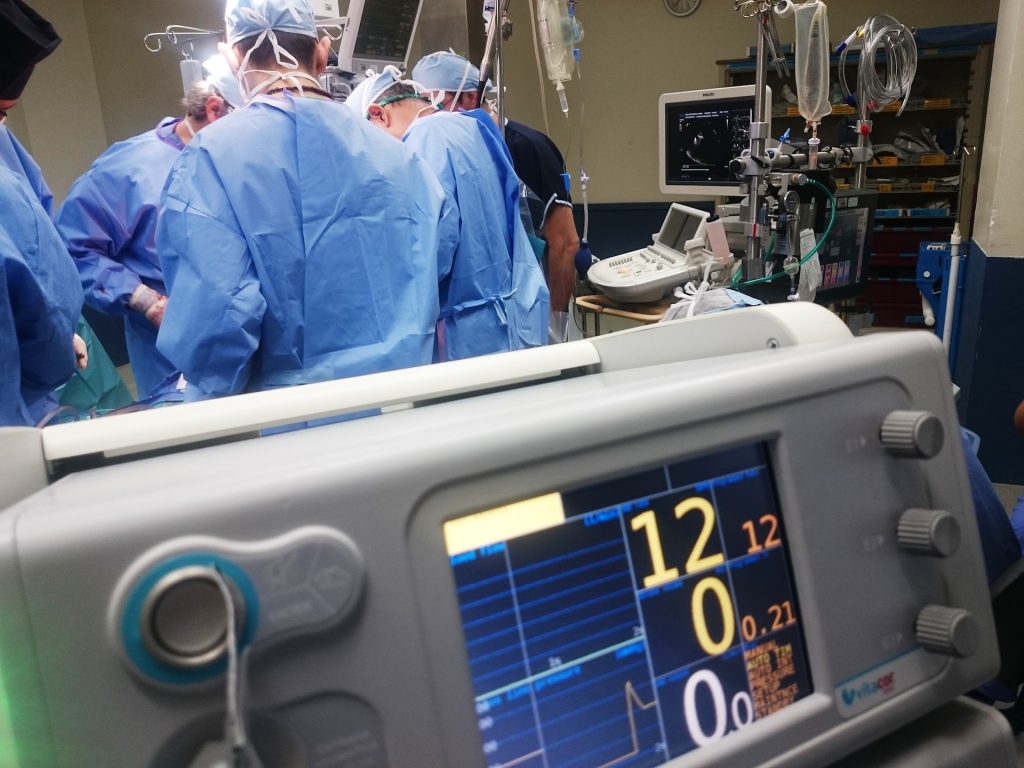Eliminating the Risk of Anaphylaxis from Children’s Peanut Allergy Desensitisation

Oral immunotherapy helps many children with peanut allergy – but for some, it can also trigger severe allergic reactions. In the journal Allergy, a team led by Young-Ae Lee explains what might be behind these differences and how treatment could become more personalised.
Peanut allergy is one of the most common – and most dangerous – food allergies. Tiny amounts of the protein-rich legumes can be enough to cause allergic reactions like itching and swelling, or even life-threatening anaphylaxis. For a long time, the only solution was to avoid peanuts as vigilantly as possible. Since many foods may contain traces of peanuts, that’s still a major challenge, especially for parents of affected children. Emergency medication must always be close at hand.
Recently, oral desensitisation has become available for children with peanut allergies. “Some children respond well to this treatment, but others don’t benefit at all,” says Professor Young-Ae Lee, Group Leader of the Molecular Genetics of Allergic Diseases lab at the Max Delbrück Center. “In some cases, the therapy – based on gradually increasing doses of peanut allergens – can even trigger anaphylactic reactions.”
A team led by Lee and Professor Kirsten Beyer, Head of the Pediatric Allergy Clinical Research Center at Charité – Universitätsmedizin Berlin, has now investigated why children respond so differently to the therapy and how to make it safer and more effective. Their study, published in “Allergy,” was led by first author Dr Aleix Arnau-Soler, a scientist in Lee’s lab. “We looked for molecular changes in the immune systems of children undergoing oral immunotherapy ¬– and we found them,” explains Arnau-Soler.
Gut immune cells play a key role
For their study, the researchers analyzed blood samples from 38 children, with an average age of seven, who were undergoing oral desensitization for peanut allergy at Charité. The team measured levels of immunoglobulins, which are allergy-related antibodies, and cytokines, which are inflammatory messengers, before and after therapy.
Our results open the door to personalised approaches to treating peanut allergy – which affects three per cent of all children in industrialised countries – more effectively and safely in the future.
Young-Ae LeeHead of the “Molecular Genetics of Chronic Inflammation and Allergic Disease” lab
They also assessed how much peanut protein each child could tolerate before and after treatment – essentially, how successful the desensitization was. To delve deeper, they used modern omics technologies to identify which genes in the children’s immune cells were activated when they were exposed to peanut proteins in the lab.
“Children who responded well to the therapy already had a less reactive immune system before treatment began. Their blood showed lower levels of immunoglobulins and cytokines,” explains Arnau-Soler. These findings could help identify in advance which children are most likely to benefit from desensitization – and those who are at higher risk of side effects.
The team also found consistent differences in gene expression and DNA methylation patterns between children who responded well and those who didn’t. Methylation plays a key role in regulating gene activity. “These differences were particularly pronounced in certain immune cells that are rarely found in the blood, but more common in the gut, where they perform important functions,” says Arnau-Soler. These included both specialized T cells, part of the adaptive immune system, and cells involved in the body’s innate defenses.
New biomarkers pave the way for personalized therapy
“Our results open the door to personalized approaches to treating peanut allergy – which affects three percent of all children in industrialized countries – more effectively and safely in the future,” says Lee. “We now have potential biomarkers to find out how well a child will respond to the therapy and what risks are associated with it in each individual case, even before the therapy begins.” It may soon be possible to tailor the length of treatment and the amount of peanut allergen given to each child’s unique immune profile.
The team is currently working to validate their findings in a follow-up study. They also plan to further investigate the gut-associated immune cells found in blood. “At the same time, we’re developing a predictive model so that in the future we can use a simple blood test to better tailor oral desensitization to the individual child,” adds Arnau-Soler. That could make peanut allergy far less frightening for families.




